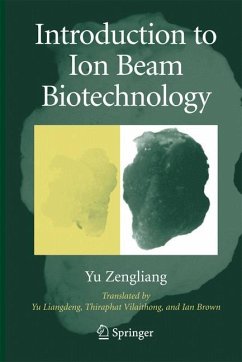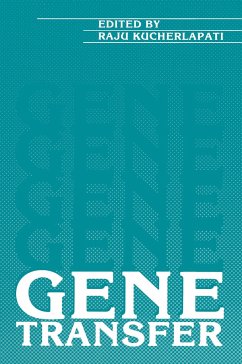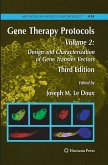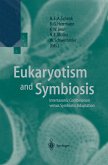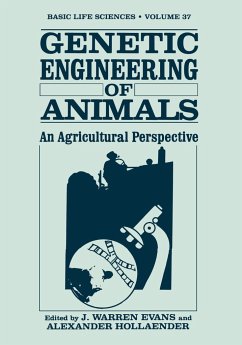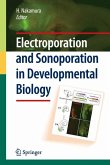Introduction to Ion Bean Biotechnology presents an comprehensive primer on radiation-induced mutations and implantation of charged particles altering biological development. As such, its one of the most intriging and leading tools in bioengineering cells. IIBB cover the physics of ions particles, the biological effects of ion implantations in cells, and the subsequent use in bacteria, in viruses, and in plants. IIBB covers important areas:
Inducing genetic mutations on the molecular level
Inducing cells to catalyze targeted gene transfer
Ion beam technology is a new area, still very young
IIBB will be essentinal reading for any student, reseacher, or industry professional seeking to understand and master the mechanisms of such mutations.
Inducing genetic mutations on the molecular level
Inducing cells to catalyze targeted gene transfer
Ion beam technology is a new area, still very young
IIBB will be essentinal reading for any student, reseacher, or industry professional seeking to understand and master the mechanisms of such mutations.

